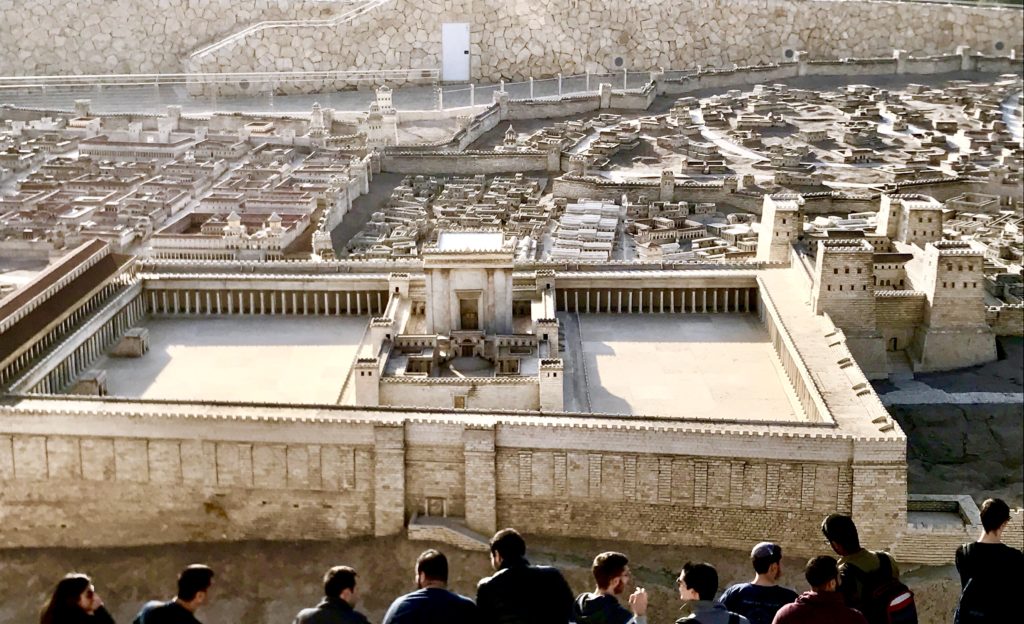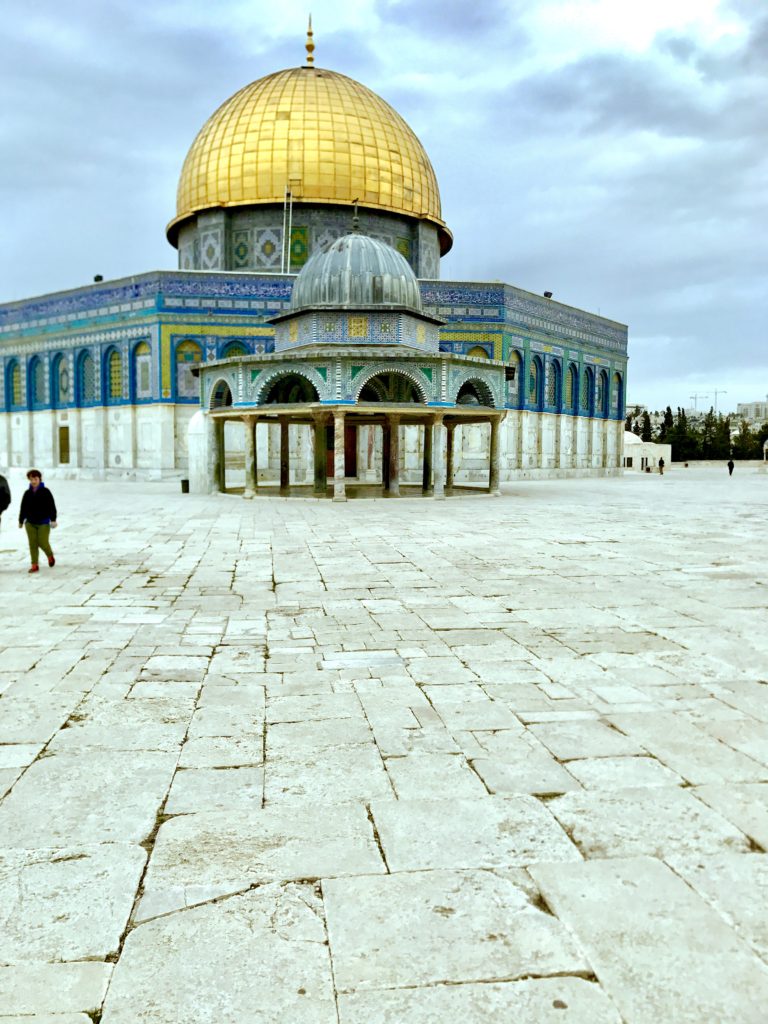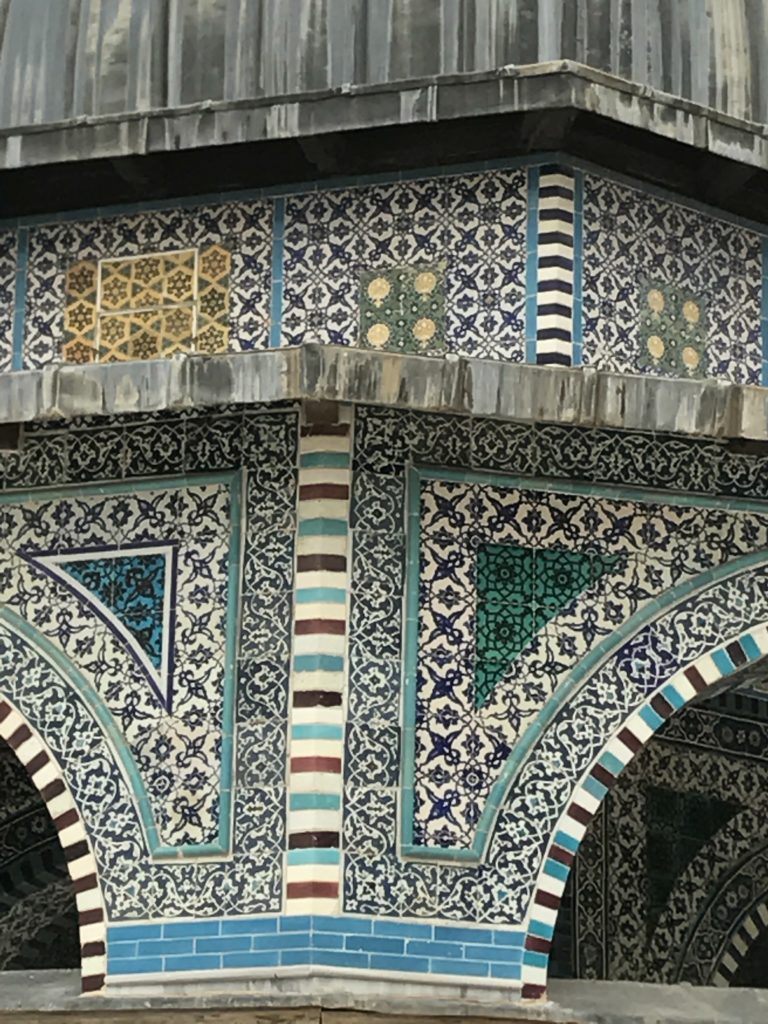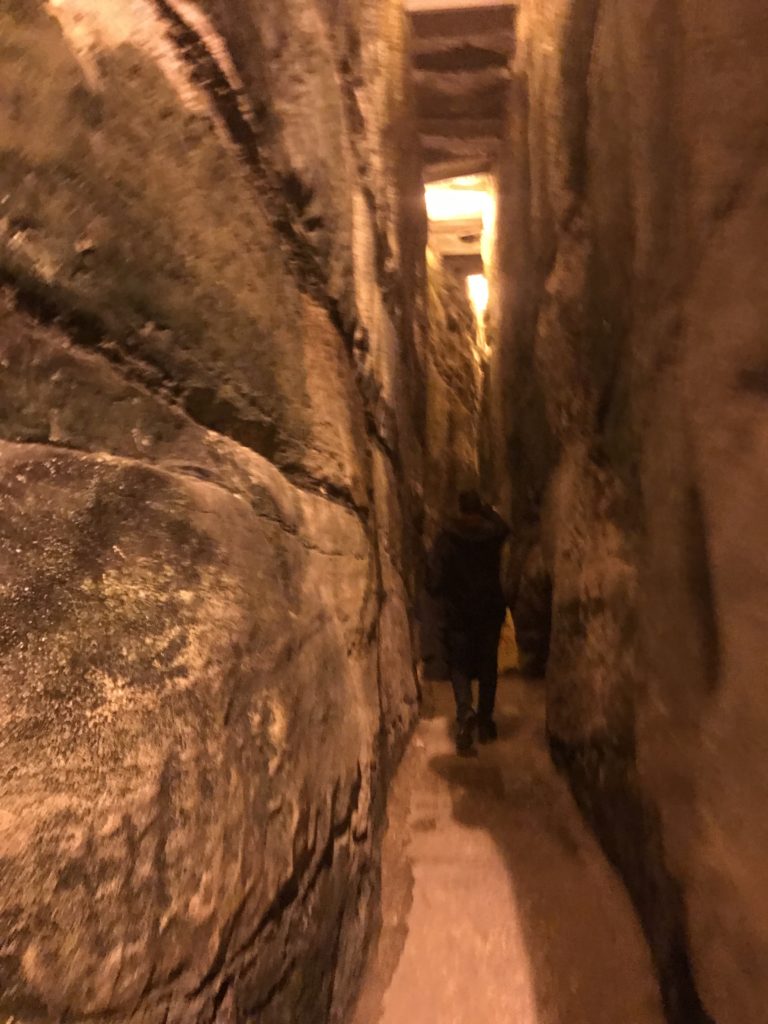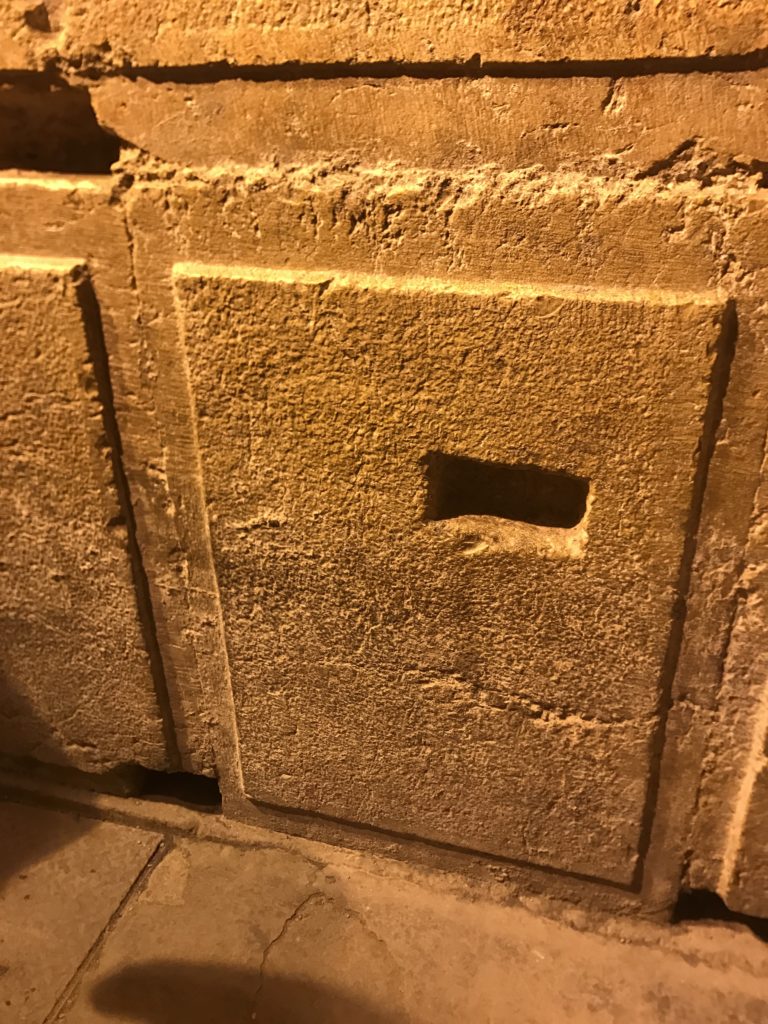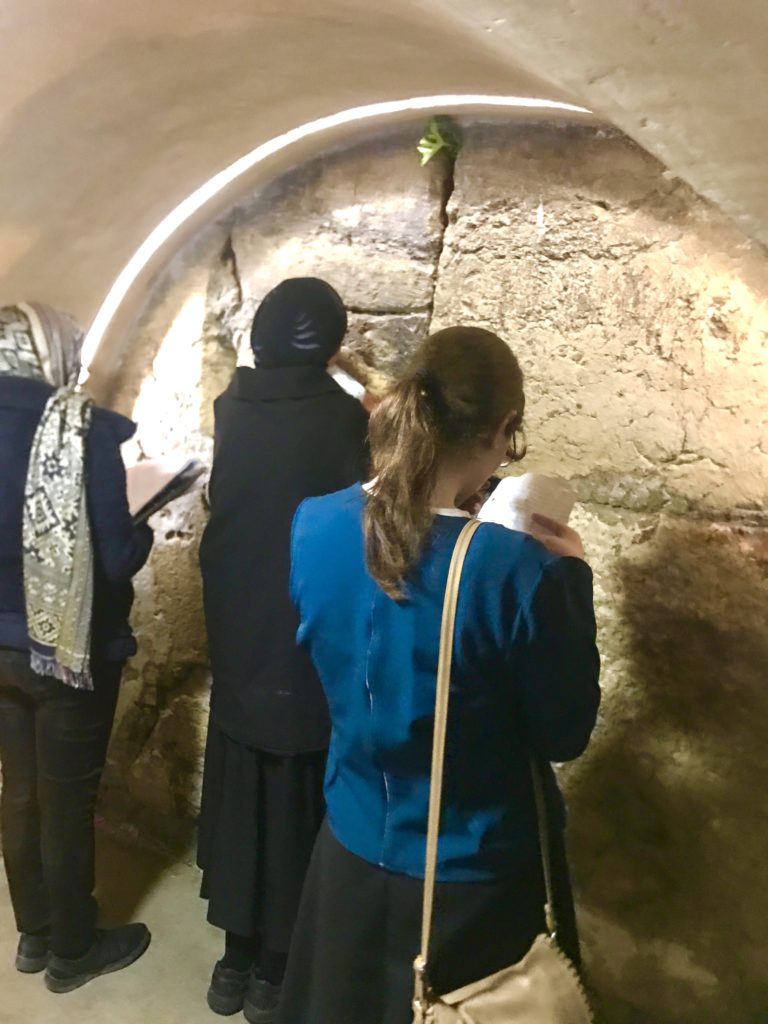Towering above ancient Jerusalem, perched on the place of most holy significance, the Temple Mount stretches high over the minions. But centuries before a bustling city bloomed or a temple idea birthed glorious, it was a windswept rock, a place of gut-wrenching choices called Mt. Moriah.
Around the twenty-first century BC, a three day journey led elderly Abraham with dread approach, as he took his longed for boy-child on a heartrending trek to the top. He listened in straining desperation for a whisper or a roar, or anything at all to tell him, “Not really…”, “ Just testing you…” , or even, “I have a plan B…”
But silence echoed hollow as the terrible instructions pounded in his head. With each step closer his heart hammered violent as he brooded over God’s inconceivable directive, “Take your son, your only son, whom you love—Isaac—and go to the region of Moriah. Sacrifice him there as a burnt offering on a mountain I will show you.” Genesis 22:2
But God did intervene in his perfect timing and a happy ending ensued. The angel of the LORD revealed a plan and a ram and yelled, “Halt” to the faithful man with the knife wielding arm, poised to strike death’s final blow.
Skip forward to the eleventh century BC as David erected an altar on this very mount and yearned to build a temple. But it was his son Solomon who constructed his pride and joy, the Lord’s Holy Temple. For seven years, laborers toiled as the magnificent structure of stone, hand carved cedars, and inlaid gold, rose from the rock in splendorous display.
Solomon’s temple, destroyed by Nebuchanezzer the Babylonian in the sixth century was rebuilt less than seventy-five years later by Ezra and the Governor Zerubbabel and stood for another 500 yrs.
In the first century BC it was enlarged by Herod the Great who thought it not grand enough. He began to rebuild and expand the present temple according to Solomon’s plans and the resplendent result was renamed Herod’s Temple.
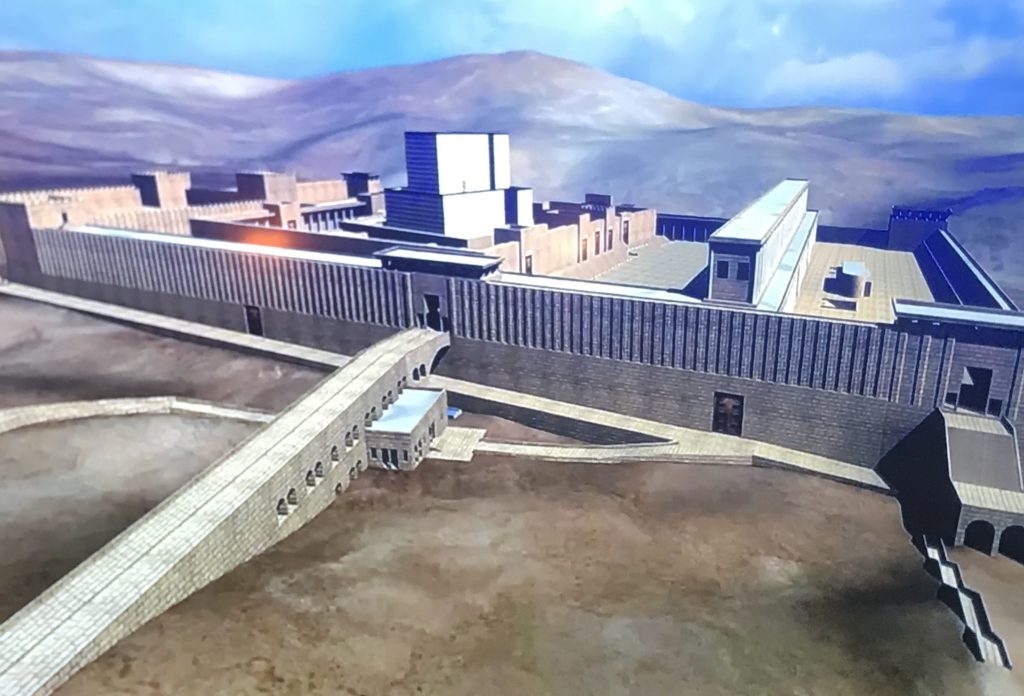
For eleven centuries it was like an elaborate sandcastle, beautiful in craftsmanship but lacking in longevity.
Built.
Destroyed.
Built.
Rebuilt.
Destroyed for all time.
Jesus called it his home. And here he walked purposeful, taught bold, and tossed the greedy money changers out on their ears.“…My house will be called a house of prayer. But you are making it a den of robbers.”(Matthew 21:12-13) But he also drew the ire of the leaders with his cringeworthy statements and miraculous healings.
Enjoyed for less than a 100 years, it was razed to the ground by the Romans in 70 AD. “Jesus left the temple and was walking away when his disciples came up to him to call his attention to its buildings.”Do you see all these things?” he asked. “Truly I tell you, not one stone here will be left on another; every one will be thrown down.” Matthew 24:1-2
First total destruction then the desecration of the site began. Crazy evil Hadrian built a pagan temple to Jupiter on the mount in 135 AD. But it was destroyed in the early fourth century AD by offended Constantine who embraced Christianity. Constantine built a shrine, the Church of the Holy Sepulcher but chose to place it on the traditional site of Jesus crucifixion and burial instead of the Temple Mount. (See Israel Blog #9).
The Muslims overthrew Jerusalem in 638AD and wanted to build something spectacular to rival the Church of the Holy Sepulcher. The mount is precious to Muslims because the Koran (which was not even written until 609 AD), says it is where Muhammad had an encounter with Gabriel, Moses, Abraham and Jesus. Thus the Dome of the Rock was built.
How is it that the Temple Mount where Solomon’s glorious temple to God stood and the temple Jesus frequented, now has a mosque sitting haughty on holy ground? The Holy of Holies once sat solid on this rock, the earthy dwelling of God Almighty.
My stomach churned sick at the sight.
Pulled in by my artist’s curiosity, entranced by the detailed mosaic tiles in azure and cobalt, I was both entranced and repelled by the magnificent structure.
And how is it that such a place of holy significance falls shocking to the blunt fact—only two percent of Jerusalem are Christians? A prophet is not accepted in his own town or to broaden the phrase, in his own country. Jesus words echo brutal truth still, two thousand years later.
EVEN.
TO.
THIS.
DAY.
So after a disheartening view of the the top, we descended down below into the damp earthy smell of the The Western Wall Tunnel, leading to one of Herod the Great’s colossal underground water cisterns. Narrow and rather claustrophobic, like Hezekiah’s tunnel only thankfully dry, we followed the base of the Temple mount to it’s far northern end.
As in most of the Holy Lands, centuries of civilization were built on top of existing walls and buildings and used as foundations for new structures. This path, once above ground, now rests some fifty feet below.
Ever the perfectionistic taskmaster, Herod was not satisfied with plain chiseled stones. The wall stones laid by Herod were obvious in that each one was carefully carved with a perfect picture frame around the huge block.
These Temple Mount walls are ancient.
The tunnel is not.
Shorty after the 1967 Six Day War, Orthodox Rabbis began to excavate underground along the wall. Who knew Rabbis doubled as diggers? After years of digging parallel to the wall, in 1982 they found a sealed gate that led beneath the Temple Mount. They broke through it and exposed several chambers. Palestinian guards on the Temple Mount surface heard noises underneath and rushed down into the cistern below to intercept them. Rioting ensued and the Israeli government forced the Rabbis to reseal the gate to prevent further territorial skirmishes.
We wondered startled as we came upon three women praying while laying their hands on the cold stone walls. In an area filled with the noisy buzz of irreverent tourists, like a prayer service in the midst of a mall, it was an odd sight.
The guide told us we stood below the supposed location of the Holy of Holies, where the Rabbis had busted through thirty-five years before. So like the Wailing Wall, where Jews pray at the base of the Temple mount, this submerged extension was even more sacred. And it was close to the Holy of Holies as they would ever get.
Gone forever is the temple, but we have no need to mourn for a place of sacrifice.
He proves his faithfulness in these five ways:
1. With us forever promised is our LORD,
2. Who gave himself as the final sacrifice,
3. To save us from our sins.
Not confined to temple walls made by man,
4. He lives and loves and guides us for all eternity.
5. “The works of his hands are faithful and just; all his precepts are trustworthy. They are established for ever and ever, enacted in faithfulness and uprightness. He provided redemption for his people; he ordained his covenant forever—holy and awesome is is name.” Psalm 11:7-9


